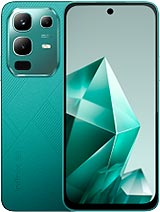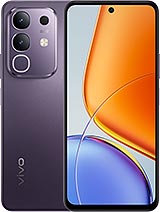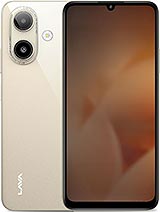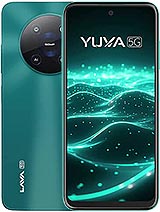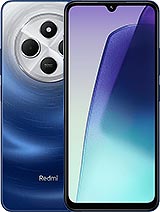Redmi 13C alternatives
Tap above to see alternatives.
Samsung Galaxy F14 4G alternatives
Tap above to see alternatives.
Samsung Galaxy F14 4G

Samsung Galaxy F14 4G
-
Snapdragon 680
6 nm
-
5000 mAh
25W
-
6.7"
1080x2400 pixels
-
50 MP
1080p@30fps
- Specs
2x2.2 GHz Cortex-A76
6x2.0 GHz Cortex-A55
2.4 GHz, Quad core, Kryo 265
1.9 GHz, Quad core, Kryo 265
6GB 128GB (UFS 2.2)
8GB 256GB (UFS 2.2)
f/1.8, 28mm (wide), PDAF
0.08 MP
(auxiliary lens)
f/1.8, (wide)
2 MP
f/2.4, (depth)
2 MP
f/2.4, (macro)
f/2.0, (wide)
SIM1: Nano, SIM2: Nano
SIM1: Nano, SIM2: Nano
7 5G bands
n1, n3, n5, n8, n28, n40, n78
In this performance comparison, the Redmi 13C with its Mediatek Dimensity 6100+ (6nm) performs better than the Samsung Galaxy F14 4G with the Qualcomm Snapdragon 680 (6nm), thanks to superior chipset efficiency.
Both Redmi 13C and Samsung Galaxy F14 4G offer the same software support — 2 years of OS updates and 4 years of security updates.
Both Redmi 13C and Samsung Galaxy F14 4G use LCD screens. Both smartphones offer the same 90 Hz refresh rate. Both devices deliver the same brightness level at nits. Notably, Samsung Galaxy F14 4G offers a higher screen resolution, resulting in sharper visuals and more detailed content.
Both phones are equipped with the same 5000 mAh battery capacity. Samsung Galaxy F14 4G also supports faster wired charging at 25W, compared to 18W on Redmi 13C.
Redmi 13C includes an IP52 rating, while Samsung Galaxy F14 4G lacks an official IP rating.
¹ Scores can vary even with the same chipset due to RAM, thermals, and software optimization.



